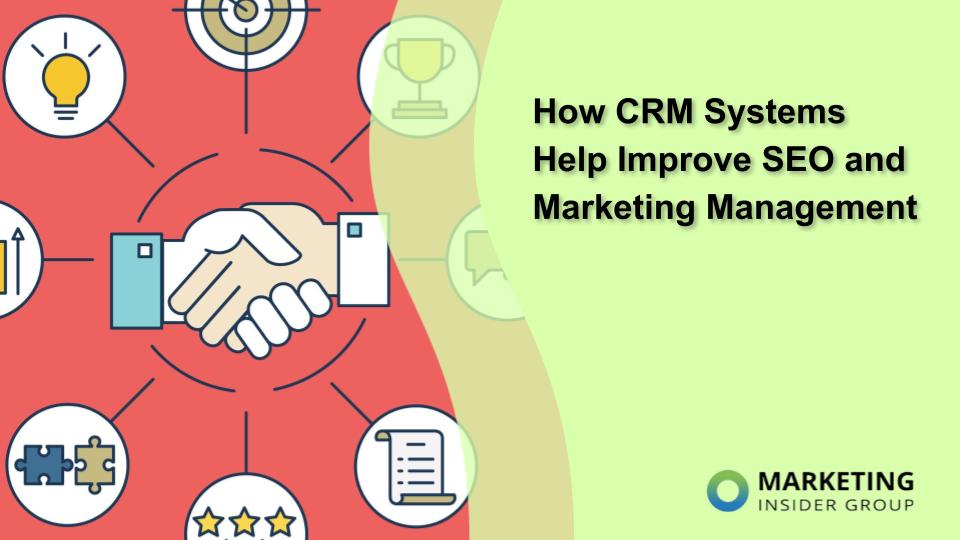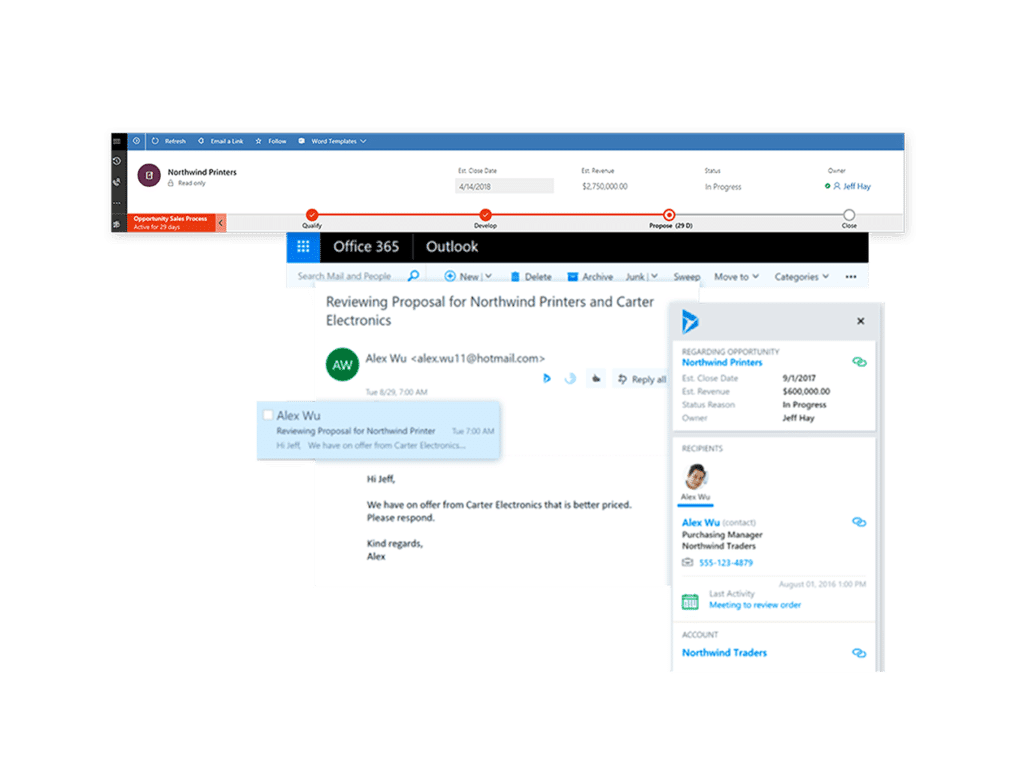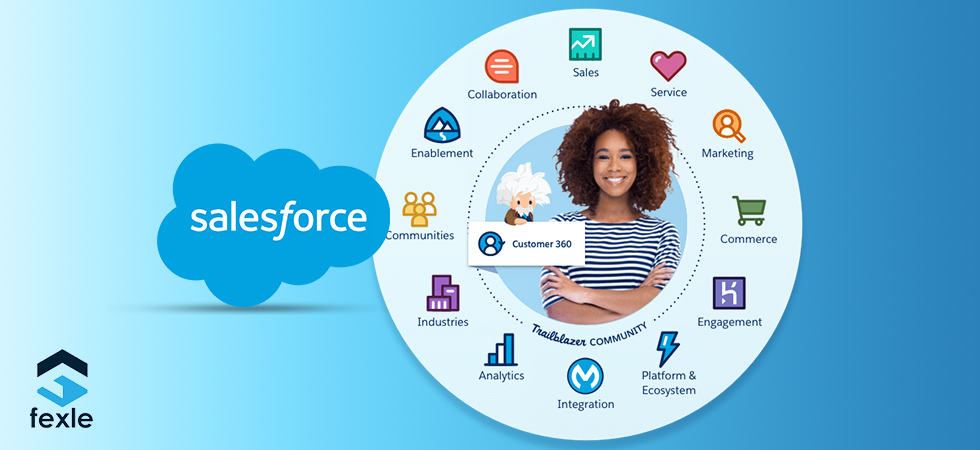Unlock Exponential Growth: Mastering CRM, Marketing, and Referral Systems

Unlock Exponential Growth: Mastering CRM, Marketing, and Referral Systems
In today’s fiercely competitive business landscape, simply having a great product or service isn’t enough. You need a robust strategy to attract, engage, and retain customers. That’s where the power of integrated CRM (Customer Relationship Management), marketing, and referral systems comes into play. This comprehensive guide delves deep into these interconnected elements, showing you how to leverage them for explosive growth. We’ll explore how to choose the right CRM, craft compelling marketing campaigns, and build referral programs that turn your customers into your biggest advocates. Get ready to revolutionize your approach and catapult your business to new heights!
Understanding the Pillars: CRM, Marketing, and Referrals
Before we dive into the nitty-gritty, let’s establish a clear understanding of each component and how they intertwine. Think of them as the legs of a powerful stool, each supporting the others to create a stable and effective foundation for your business success.
CRM: The Heart of Customer Relationships
At its core, a CRM system is a technology that helps you manage and analyze customer interactions and data throughout the customer lifecycle. It’s the central hub for all your customer-related information, from initial contact to post-sale support. This includes contact details, purchase history, communication logs, and any other relevant data points. The primary goal of CRM is to improve business relationships, retain customers, and drive sales growth. It’s about knowing your customers intimately, understanding their needs, and tailoring your interactions to provide them with the best possible experience.
Choosing the right CRM is crucial. Consider these factors:
- Scalability: Can the system grow with your business?
- Integration: Does it integrate seamlessly with your existing tools?
- User-friendliness: Is it easy for your team to adopt and use?
- Features: Does it offer the features you need, such as sales automation, marketing automation, and customer service tools?
- Cost: Does it fit within your budget?
Popular CRM platforms include Salesforce, HubSpot CRM, Zoho CRM, and Microsoft Dynamics 365. Research and compare different options to find the best fit for your specific needs and budget.
Marketing: Reaching and Engaging Your Audience
Marketing is the engine that drives awareness, generates leads, and nurtures prospects through the sales funnel. It encompasses a wide range of activities, including:
- Content Marketing: Creating valuable content (blog posts, videos, infographics) to attract and educate your target audience.
- Social Media Marketing: Building a presence on social media platforms to engage with your audience and promote your brand.
- Email Marketing: Sending targeted email campaigns to nurture leads and promote products or services.
- Paid Advertising: Running online advertising campaigns (e.g., Google Ads, social media ads) to reach a wider audience.
- Search Engine Optimization (SEO): Optimizing your website and content to rank higher in search engine results.
Effective marketing requires a deep understanding of your target audience, their needs, and their pain points. It’s about delivering the right message, to the right person, at the right time. Marketing should be data-driven, with a focus on measuring results and making adjustments as needed.
Referral Systems: Turning Customers into Advocates
Referral systems are a powerful way to acquire new customers by leveraging the trust and influence of your existing customers. They incentivize your customers to recommend your products or services to their friends, family, and colleagues. This can be done through various methods, such as:
- Referral Programs: Offering rewards (discounts, free products, exclusive access) to both the referrer and the referred customer.
- Word-of-Mouth Marketing: Encouraging customers to share their positive experiences with your brand.
- Affiliate Marketing: Partnering with affiliates to promote your products or services.
Referral marketing is particularly effective because it taps into the power of social proof. People are more likely to trust recommendations from people they know and trust. A well-designed referral program can generate a significant return on investment (ROI) by acquiring high-quality leads at a lower cost than traditional marketing methods.
Integrating the Systems: The Synergy Effect
The real magic happens when you integrate these three components. A well-integrated system allows you to:
- Gain a 360-degree view of your customers: CRM provides a central repository for all customer data, giving you a comprehensive understanding of their behavior and preferences.
- Personalize your marketing efforts: Use CRM data to segment your audience and tailor your marketing messages to their specific needs and interests.
- Automate your workflows: Automate tasks such as lead nurturing, email marketing, and sales follow-up to improve efficiency and productivity.
- Track the effectiveness of your marketing campaigns: Measure the ROI of your marketing efforts by tracking leads, sales, and customer lifetime value (CLTV).
- Identify and reward your best customers: Use CRM data to identify your most loyal customers and reward them for their referrals.
The key is to create a seamless flow of information between the systems. For example, when a new lead is generated through a marketing campaign, the information should automatically be added to your CRM. When a customer makes a purchase, their information should be updated in your CRM and their referral status tracked. This integration eliminates manual data entry, reduces errors, and ensures that you have a complete and up-to-date view of your customers.
Building a High-Performing CRM System
Implementing a CRM system is more than just installing software. It requires careful planning and execution. Here are some best practices:
- Define your goals: What do you want to achieve with your CRM? Identify your key performance indicators (KPIs).
- Choose the right CRM: Select a CRM that meets your specific needs and budget.
- Customize your CRM: Configure the CRM to fit your business processes.
- Import your data: Migrate your existing customer data to the CRM.
- Train your team: Provide training to your team on how to use the CRM.
- Monitor and optimize: Regularly review your CRM performance and make adjustments as needed.
A well-implemented CRM system can significantly improve your sales process, enhance customer service, and drive overall business growth. It will also improve team collaboration and reduce the time spent on manual tasks.
Crafting Compelling Marketing Campaigns
Effective marketing campaigns are essential for attracting and engaging your target audience. Here’s how to craft campaigns that convert:
- Define your target audience: Understand their demographics, interests, and pain points.
- Develop buyer personas: Create detailed profiles of your ideal customers.
- Set clear objectives: What do you want to achieve with your campaign (e.g., generate leads, increase sales)?
- Choose the right channels: Select the marketing channels that are most effective for reaching your target audience.
- Create high-quality content: Develop valuable content that resonates with your audience.
- Use compelling calls to action (CTAs): Encourage your audience to take the desired action.
- Track your results: Monitor your campaign performance and make adjustments as needed.
Marketing campaigns should be data-driven and customer-centric. Focus on providing value to your audience and building relationships. Remember to A/B test your campaigns to optimize your results.
Designing a Successful Referral Program
A well-designed referral program can be a game-changer for your business. Here’s how to create a program that drives results:
- Identify your goals: What do you want to achieve with your referral program (e.g., acquire new customers, increase sales)?
- Choose the right incentives: Offer rewards that are attractive to your customers (e.g., discounts, free products, exclusive access).
- Make it easy to refer: Provide a simple and user-friendly referral process.
- Track your results: Monitor your program performance and make adjustments as needed.
- Promote your program: Make sure your customers know about your referral program.
- Show appreciation: Thank your referrers and the referred customers.
The key is to make the referral process as seamless as possible. The easier it is for your customers to refer, the more likely they are to do so. Consider using referral program software to automate the process and track your results.
Integrating CRM, Marketing, and Referral Systems: A Step-by-Step Guide
Let’s break down the process of integrating these three powerful systems:
- Choose Your Platforms: Select your CRM, marketing automation tools, and referral program software. Ensure they can integrate with each other.
- Define Data Flow: Determine how data will flow between the systems. For example, when a new lead is generated through a marketing campaign, it should automatically be added to your CRM.
- Set Up Integrations: Use native integrations or third-party tools (like Zapier) to connect the systems.
- Map Data Fields: Ensure that data fields are mapped correctly between the systems. For example, the email address field in your marketing automation tool should match the email address field in your CRM.
- Test the Integration: Before launching your integrated system, test it thoroughly to ensure that data is flowing correctly.
- Train Your Team: Train your team on how to use the integrated system.
- Monitor and Optimize: Continuously monitor the performance of your integrated system and make adjustments as needed.
This step-by-step approach ensures a smooth transition and maximizes the benefits of integrated systems.
Real-World Examples and Case Studies
To illustrate the power of these integrated systems, let’s look at a few real-world examples:
- Example 1: E-commerce Business: An e-commerce business uses its CRM to track customer purchase history and segment its audience. They then use marketing automation to send targeted email campaigns based on customer behavior. They also implement a referral program that offers discounts to both the referrer and the referred customer. This integrated approach results in increased sales, higher customer lifetime value, and a lower customer acquisition cost.
- Example 2: SaaS Company: A SaaS company uses its CRM to track leads and manage the sales process. They use marketing automation to nurture leads through the sales funnel. They also implement a referral program that rewards customers for referring new subscribers. This integrated approach results in faster sales cycles, improved lead conversion rates, and increased customer retention.
- Example 3: Service-Based Business: A service-based business utilizes its CRM to manage client interactions and track project progress. They employ marketing strategies to attract new clients and implement a referral program to incentivize existing clients to recommend their services. This integration enhances client satisfaction, generates new leads through trusted sources, and fosters a stronger client base.
These examples demonstrate how businesses of all sizes can benefit from integrating CRM, marketing, and referral systems. The key is to tailor your approach to your specific needs and goals.
Measuring and Analyzing Results
Data is your friend. To truly understand the impact of your integrated system, you need to track and analyze key metrics. Here are some important KPIs:
- Customer Acquisition Cost (CAC): The cost of acquiring a new customer.
- Customer Lifetime Value (CLTV): The total revenue a customer is expected to generate over their relationship with your business.
- Conversion Rates: The percentage of leads that convert into customers.
- Referral Rate: The percentage of customers who refer new customers.
- Marketing ROI: The return on investment of your marketing campaigns.
- Sales Cycle Length: The amount of time it takes to close a deal.
- Customer Retention Rate: The percentage of customers who remain customers over a specific period.
By tracking these metrics, you can identify areas for improvement, optimize your campaigns, and maximize your ROI. Use your CRM and marketing automation tools to generate reports and dashboards that provide a clear view of your performance.
Overcoming Challenges and Common Pitfalls
While the benefits of integrating CRM, marketing, and referral systems are significant, there are also some challenges and pitfalls to be aware of:
- Data Silos: If your systems are not properly integrated, you may end up with data silos, where data is isolated in different systems. This can make it difficult to get a complete view of your customers.
- Lack of User Adoption: If your team is not properly trained on how to use the integrated system, they may be reluctant to adopt it.
- Poor Data Quality: Inaccurate or incomplete data can lead to incorrect insights and poor decision-making.
- Complexity: Integrating multiple systems can be complex. It’s important to plan carefully and take a step-by-step approach.
- Ignoring Customer Feedback: Failing to listen to and act on customer feedback can negatively impact your marketing and referral efforts.
To overcome these challenges, focus on proper planning, training, and data quality. Make sure to involve your team in the implementation process and solicit their feedback. Regularly review your system and make adjustments as needed. Continuously analyzing the data is important.
The Future of CRM, Marketing, and Referrals
The landscape of CRM, marketing, and referrals is constantly evolving. Here are some trends to watch:
- Artificial Intelligence (AI): AI is being used to automate tasks, personalize customer experiences, and provide deeper insights into customer behavior.
- Personalization: Customers expect personalized experiences. Businesses are using data to tailor their marketing messages and offers to individual customers.
- Mobile Optimization: Mobile devices are becoming increasingly important. Businesses are optimizing their websites and marketing campaigns for mobile users.
- Omnichannel Marketing: Customers interact with businesses across multiple channels (e.g., email, social media, website). Businesses are using omnichannel marketing to provide a seamless customer experience.
- Focus on Privacy: With increasing concerns about data privacy, businesses are focusing on data security and transparency.
By staying informed about these trends, you can ensure that your integrated system remains effective and competitive.
Conclusion: Embrace the Power of Integration
Integrating CRM, marketing, and referral systems is a powerful strategy for driving business growth. By understanding the individual components, integrating them effectively, and continuously monitoring your results, you can create a customer-centric approach that attracts, engages, and retains customers. It’s about building lasting relationships, providing exceptional experiences, and turning your customers into your biggest advocates. Embrace the power of integration and unlock the full potential of your business. By doing so, you will be well-positioned to thrive in an increasingly competitive marketplace. Remember that consistent evaluation and adaptation are key to long-term success.





